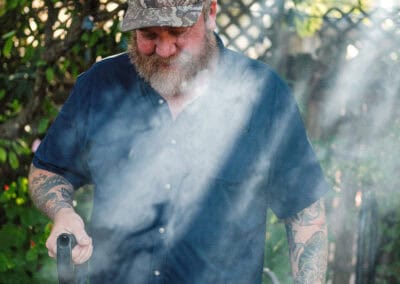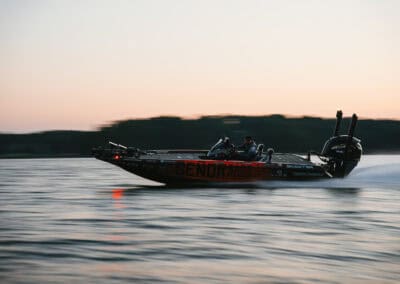Your cart is empty
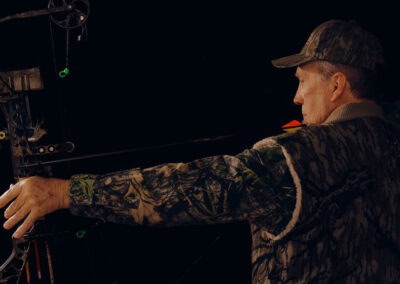
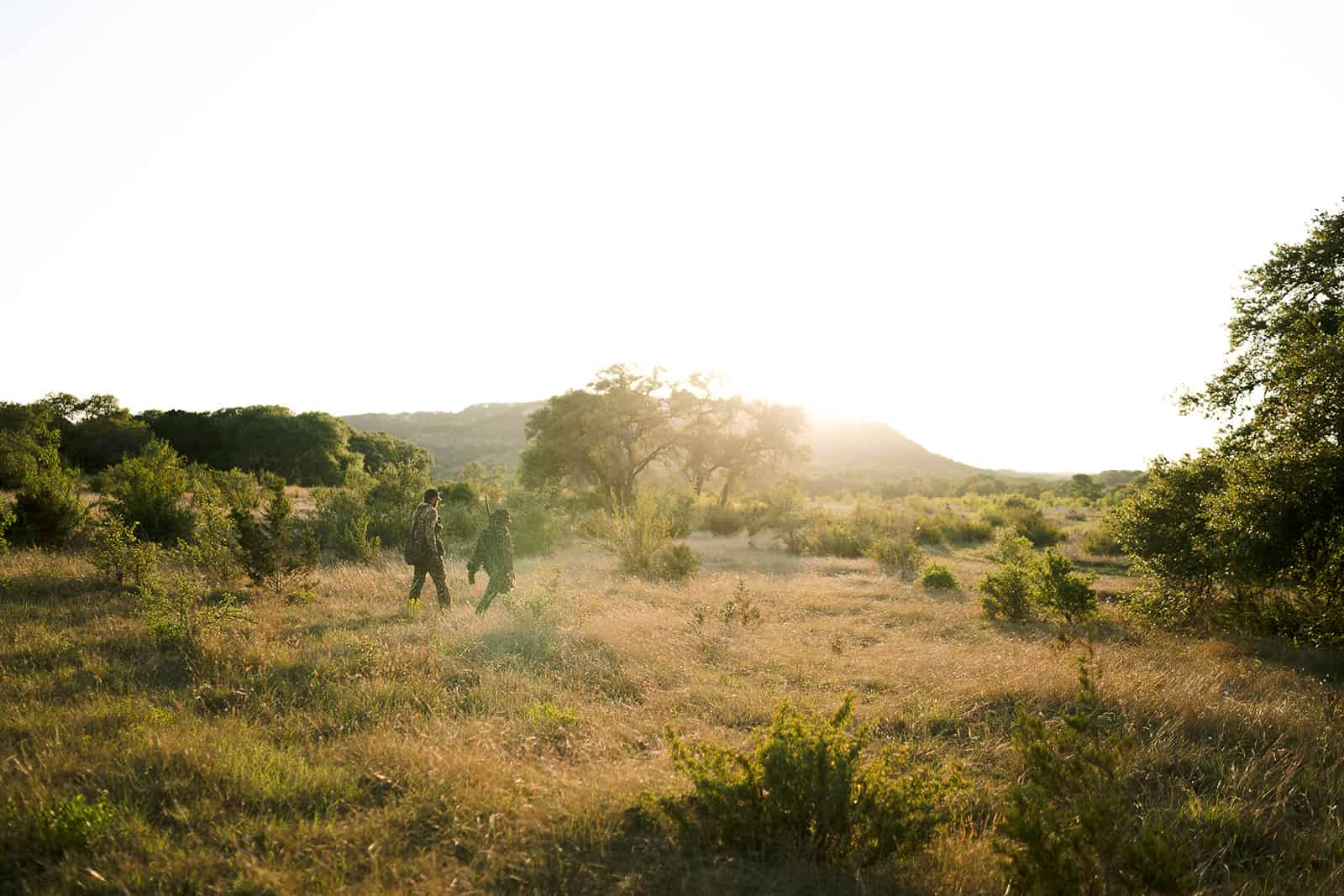
Presented By

Turkey hunting was a whole new world for me. More immersive and nuanced than I could have imagined.
Exploring Spoke Hollow Ranch in Wimberley, Texas, with Josh Crumpton, I learned about the health of the ecosystem — wild birds being a signifier of a biodiverse and balanced land. I returned to this landscape to embark on my first turkey hunt. Since only a select few turkeys are hunted per season at Spoke Hollow, I am grateful for the opportunity to be here and (hopefully) point my barrel at one of them.
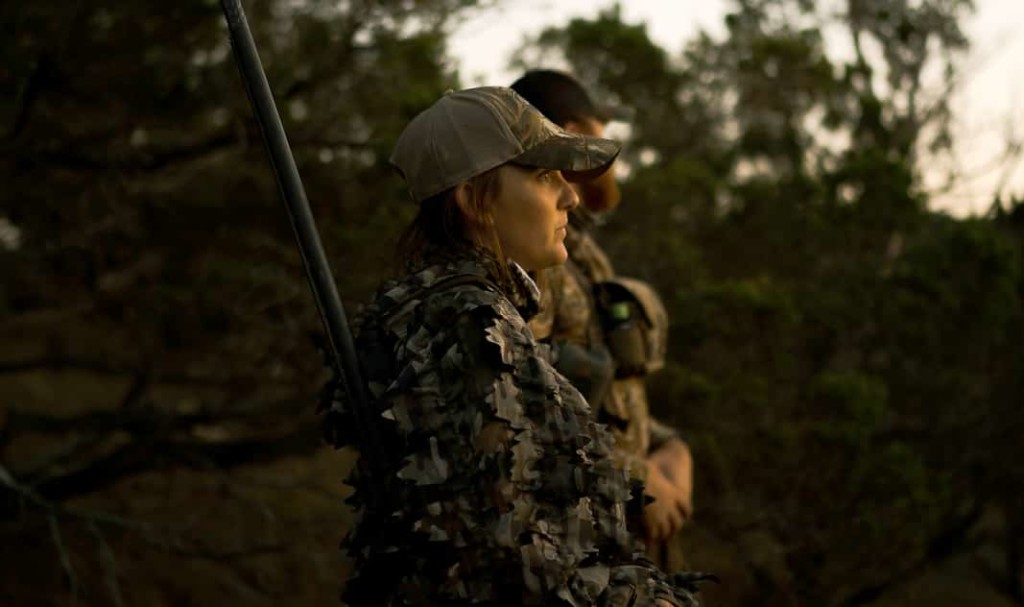


I spoke with hunting guide Marshall Seedorff for advice on turkey calls, which I’m sensing is going to be the most difficult skill to harness for this pursuit. A turkey hunting savant, he graciously offered the following tips:

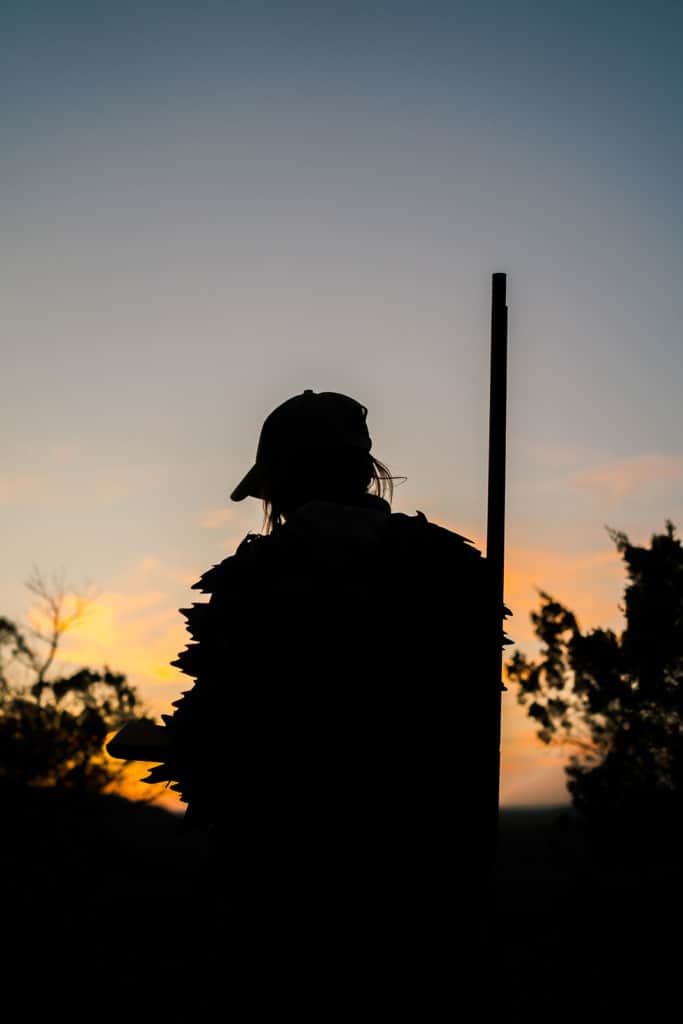
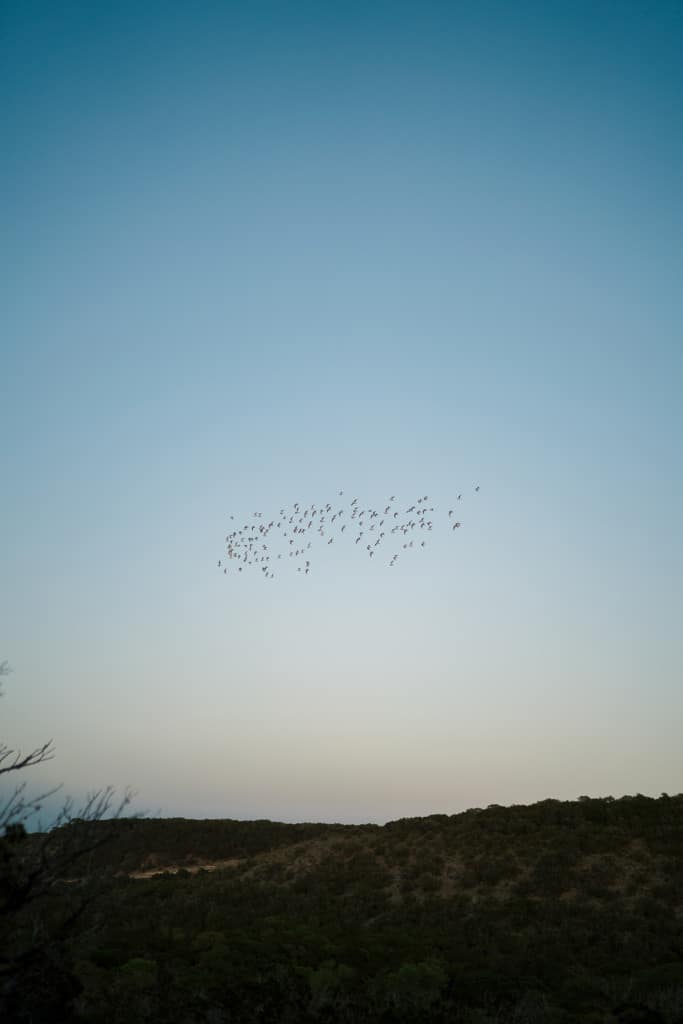
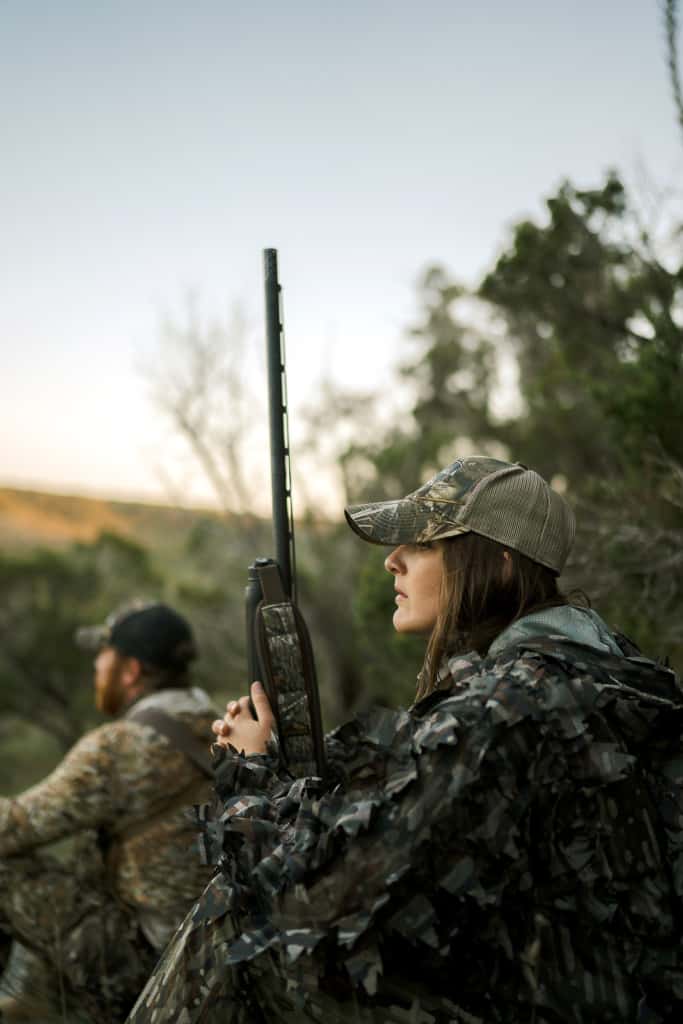
Currently at Spoke Hollow. Hunting guide Alex Staahl is taking me for an observation hunt. We are seeking wild and elusive Rio Grande turkeys. I was told previously to scout a roost the night before hunting and to return to that spot at first light to increase the probability of taking one off the roost. However, the elusive Rio travels miles per day looking for feathers to ruffle and are not likely to roost in the same trees. There’s no limit to the distance that turkey can trot, so tracking them down is an added challenge, but a challenge I accept. Oh, and the coffee maker doesn’t work; this is problematic.
8:35 am
We followed the treeline for a couple hundred yards before wandering into the woods to our spot — in between a fence and a dry creek bed. This natural barrier of sorts will keep incoming turkeys where we want them. It’s fairly clear and open in between the Cedars, and we’re tucked between a couple of Oaks in our head-to-toe camo.
I ran out of time to get a proper butt-pad, so I stuffed a camp blanket in my Duck Camp jacket. It’s actually quite comfortable to sit on; I should trademark this.
8:45 am
Alex placed the turkey call in his mouth and emitted an impressionable sound of a throaty young hen. I couldn’t have been prepared for the chorus of responses from wild turkeys. I hear the trick is to call and respond a couple of times and then go dark to keep them guessing where the lady hens are — the chase. We’re all familiar.
9:00 am
The turkeys came very close, right next to the fenceline. Apparently, they don’t care enough about chasing tail feathers to be bothered with hopping the fence — as in, they aren’t very good at it and probably don’t want to look silly in front of a potential mate. I have yet to see a turkey, but at least we know they’re here.
9:30 am
I’m beginning to realize a crucial element to this adventure is truly the turkey call. I tried a mouth call to no avail, and I have yet to at- tempt a slate or box call. My crow call is adequate to find a gobble, but that won’t get me very far.
It’s a real skill to know the varying tones, pitches and whines, and then execute them convincingly enough to draw the turkeys in; this back-and-forth banter is quite fascinating.



I bought a driveby homemade box call on the Texas coast. Very serendipitous, as I’m going turkey hunting again tomorrow at Spoke Hollow. It’s made of mango trees and another wood from Mexico, and is decorated with a hand-painted feather. The call maker showed me a few of his pieces, and I liked the way this one sounded best — not an old hen that’s been around the block, and not too young either.
The maker taught me another new “calling” trick. After the “chase” segment of the turkey calling, the tom or jake will start to gobble, and I should interrupt him with a call. Apparently, it drives them wild, and they gobble themselves into a frenzy at the audacity of a female interrupting them.
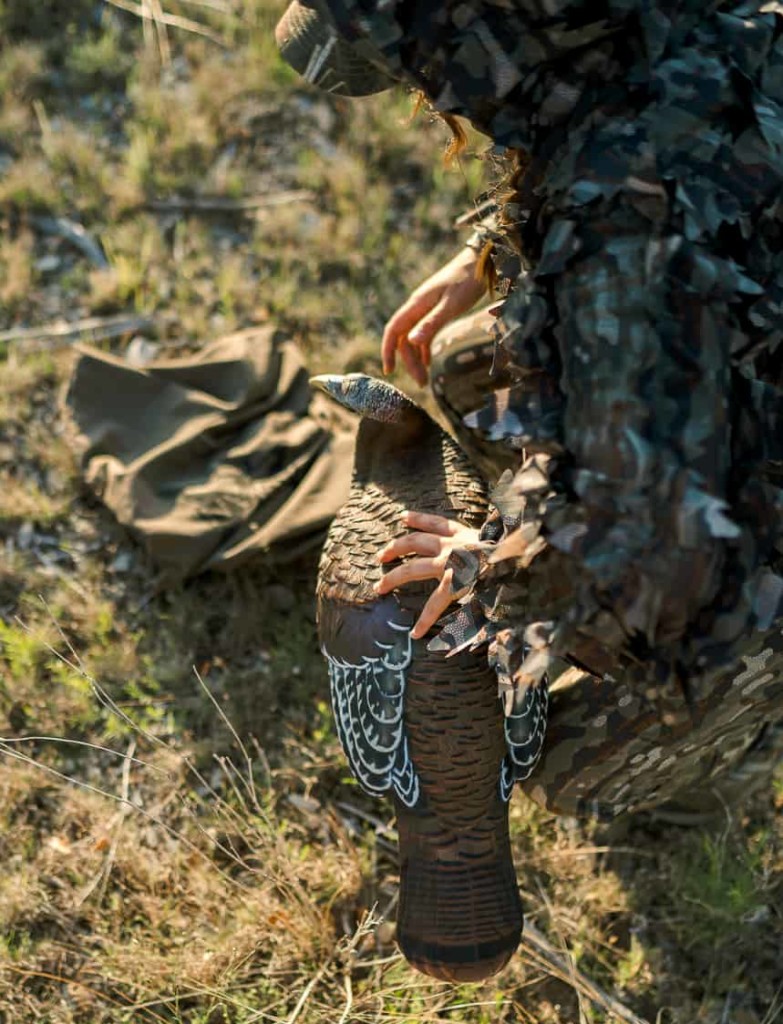
8:30 am
We started later in the morning and this time in a blind. After calling for nearly 30 minutes without hearing a response, we picked up and walked a mile or so, stopping to call out to them. Nothing.
Josh says it’s because the toms are getting busy already and they can’t respond to a hen if they’re already with one. Again with the parallels.
I learned a tom’s nickname is “thunder chicken,” from the drumming of the gobble; it sounds like a real bass drop, which you can only hear when you are up close and personal with them. I hear it’s utterly magical to witness.
9:30 am
We found tracks meandering in and out of the woods — a turkey highway, fresh from the last 24 hours. They are here. It’s getting later in the season, and I’m curious if most of the hens are nesting and over it, in which case the toms and jakes will wander off in search of hens elsewhere. Perhaps this is how we’ll get the neighboring turkeys off the other fence next time.



6:00 pm
I brought them a new coffee maker.
6:30 pm
We’re seated on top of the ridge listening for turkeys as the sun sets on the other side of the canyon, planned precisely away from the sun so the turkeys roost sooner. We haven’t heard any gobbles, but it feels meditative listening to the hoos and coos of other birds. Looking through the super-crisp binos, I hoped to at least see the birds, if not hear them, but alas, still no turkeys were spotted.



6:30 am
We walked to the top of Cougar Canyon and listened for the toms coming off the roost. One went off in the distance. We trailed down the canyon and up the other side, across rocky terrain. I’m certainly getting my 10K steps and leg workout in today.
7:00 am
Camped out in a new spot; we can’t hear the turkey that responded earlier. If we don’t hear him soon, we’ll move on. We did, however, see a hyped raccoon that erratically jumped from the tree right above where I placed the jake decoy and skedaddled off through the woods. Thankfully, not a minute sooner.
7:30 am
I’m actually quite proud of how still I’m sitting against a tree. The slouch position, with the shotgun resting on my knee, the rocks under my ass, and the bark digging into my back, makes me keenly aware of every feeling in my body; over time, I’ve become more patient and settled into it. I actually bought a proper butt pad for this hunt, but my previous invention worked much better.
8:00 am
We returned to the site by the fenceline from my observation hunt the other day. We located a turkey that seemed chatty and interested but was still behind the neighboring fence. We posted up a decoy jake by our fenceline to taunt him, and he’d have to cross my sightline should he get curious enough. It’s the perfect scenario.
We’re sitting so still that nature has started to come alive around us: birds landing nearby, the inchworm notching up the tree trunk, the turkey getting closer and closer. I envision him in my mind pacing back and forth by the fence, deciding whether or not he wants to hop over and join us. Turkey dating shouldn’t be this indecisive, even if there is little competition.
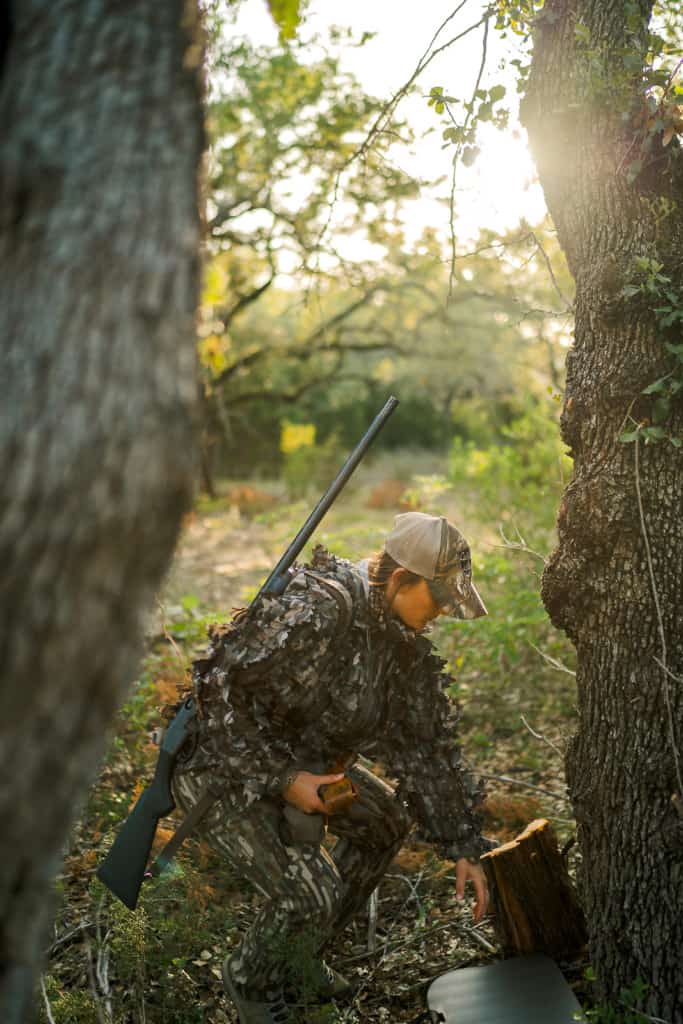
8:30 am
The gobbles have become more distant; I suppose he gave up on us. We decided to call it. If he wasn’t going to hop the fence then, it likely won’t happen at all today.
Josh says I can keep trying through the end of turkey season. Perhaps I’ll go out again. I have not successfully bagged a bird as of this story being turned in, but fingers crossed, if not this season, then next.
Over the course of this “study,” I have called upon many folks for advice; I am grateful to each of them for their support, and for sharing personal stories about their turkey hunts. Although I wish I had an opportunity to aim at a bird, Josh reminds me it’s not about getting one, but the process. I’ve accumulated enough knowledge that perhaps I can even try going out on my own next time if I work on my turkey calling.
The experience around this has been truly fascinating. I’m drawn to the engagement between hunter and turkey: a sparring dialogue, ever trying to figure out the next move. It’s a mind game: very sporty, and dare I say my favorite mode of hunting thus far. Ultimately, the goal is to have that direct relationship with my food, but everything leading up to that and the skills required are equally important.
Related Stories

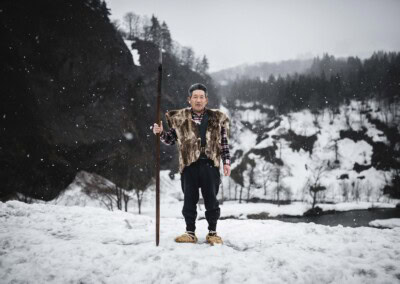
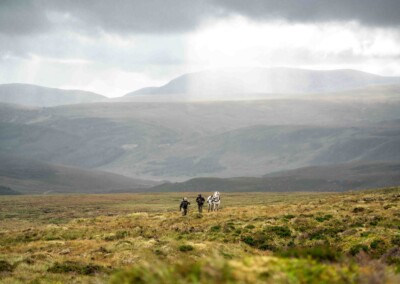
Latest Stories
